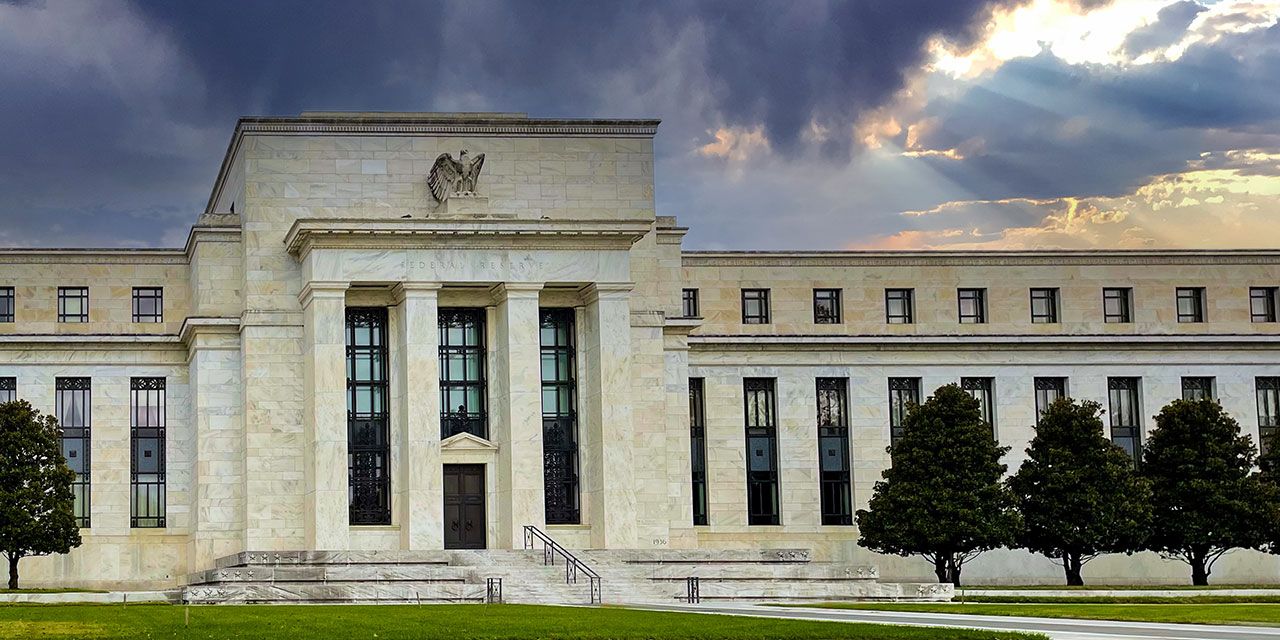
Bitcoin rebounded above $27,000 overnight.
Children’s Day is approaching, but it seems like a difficult time for U.S. President Biden. He had to hastily pack his bags and return to the United States without attending the scheduled events of the G7 summit. Why? The backyard is about to catch fire. This fire is the U.S. debt default.
According to the definition, U.S. debt refers to national bonds issued by the U.S. federal government in the name of the government, through the bond issuance department under the Treasury Department. In 1917, to prevent excessive government borrowing, legislation set a limit on U.S. debt and gave the U.S. Congress the power to determine the limit on U.S. government debt as stipulated by the U.S. Constitution. The so-called U.S. debt default refers to the failure of the U.S. federal government to repay the principal and interest of the national debt according to the agreed-upon time, violating the agreement with the holders.
Wikipedia provides an introduction to the 2023 U.S. debt crisis : “On January 19, 2023, the United States reached its debt ceiling, triggering a debt ceiling crisis. This is part of the ongoing political debate within Congress regarding federal government spending and the accumulated national debt. In response, Treasury Secretary Janet Yellen began formulating temporary ‘extraordinary measures.’ On May 1, 2023, Yellen warned that these measures could be exhausted as early as June 1, 2023.
“Since the debt ceiling impasse in 2013, the debt ceiling has been raised multiple times without attaching budgetary conditions; the most recent increase was in December 2021. In the 2023 impasse, the Republican Party proposed cutting spending to the 2022 level as a precondition for raising the debt ceiling, while the Democratic Party insisted on a ‘clean bill’ without preconditions, similar to the three debt limit increases during the Trump administration.
“If the government runs out of funds, the Treasury Department will have to default on payments to bondholders or immediately reduce funding to various companies and individuals who have been authorized by Congress but have not received sufficient funding from Congress. Both scenarios are expected to lead to a global economic collapse. Additionally, if the federal government is unable to issue new debt, it will have to balance the budget by cutting spending, totaling approximately 5% of the U.S. economy.”
Today is May 24th, and Children’s Day is just a few days away, but the White House has still not reached an agreement with Congress. However, on the 17th, House Speaker McCarthy said, “Please rest assured that there will be no U.S. debt default.” Words are one thing, but those who want to pressure Biden have not relaxed their efforts.
The solution to the U.S. debt default issue is not to repay the debt, but to raise the debt ceiling once again, issuing new debt to pay off old debt. From the chart, it can be seen that the debt ceiling has continuously been raised to accommodate the government’s ever-increasing expenses. After 2013, Congress simply temporarily suspended the debt ceiling multiple times, turning a blind eye to the situation. It can be seen that the debt ceiling has not effectively restricted the U.S. government’s lavish spending but has gradually become a tool for political struggle and obstruction between the two parties.
Misfortunes never come singly. In the midst of an economic recession during the Kondratiev cycle and after fighting two major battles, one against the COVID-19 pandemic and another against Russia, the Biden administration is finding it difficult to cope. If the Federal Reserve bears the burden of borrowing, it’s like borrowing from one hand to pay the other, essentially borrowing in vain. However, a little over a year ago, when the Federal Reserve announced its plans to reduce its balance sheet, many countries hastily sold off a large amount of U.S. debt, creating significant pressure on the Federal Reserve. When the city gate is on fire, it affects the fish in the pond. At the beginning of 2023, several U.S. banks collapsed, nearly causing a financial crisis.
Just last night, the newly appointed Chinese Ambassador to the United States, Ambassador Xie Feng, arrived in the United States to assume the position of the 12th Chinese Ambassador to the U.S. From Janet Yellen and Antony Blinken eagerly awaiting “visas” to visit China, to Jimmy Damon’s visit and the meeting with Wang Sha, and now the appointment of the ambassador after a five-month vacancy, things are quietly changing.
As President Biden “predicted” the imminent “thaw” of U.S.-China relations in Hiroshima, and McCarthy’s prediction made seven days ago, will it also come true?
Comments